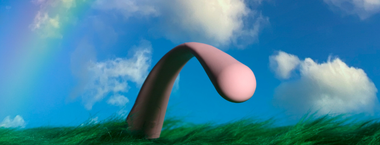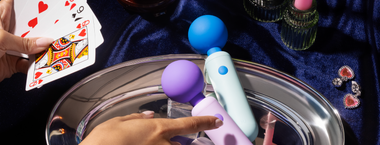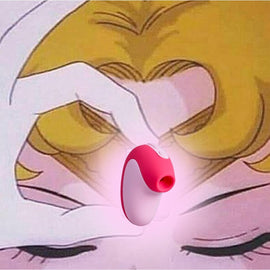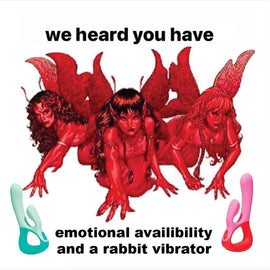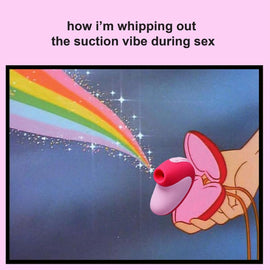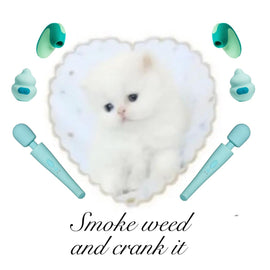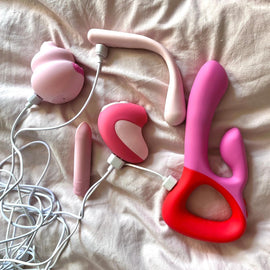9 Acts of Queer Resistance to Know in Addition to the Stonewall Riots
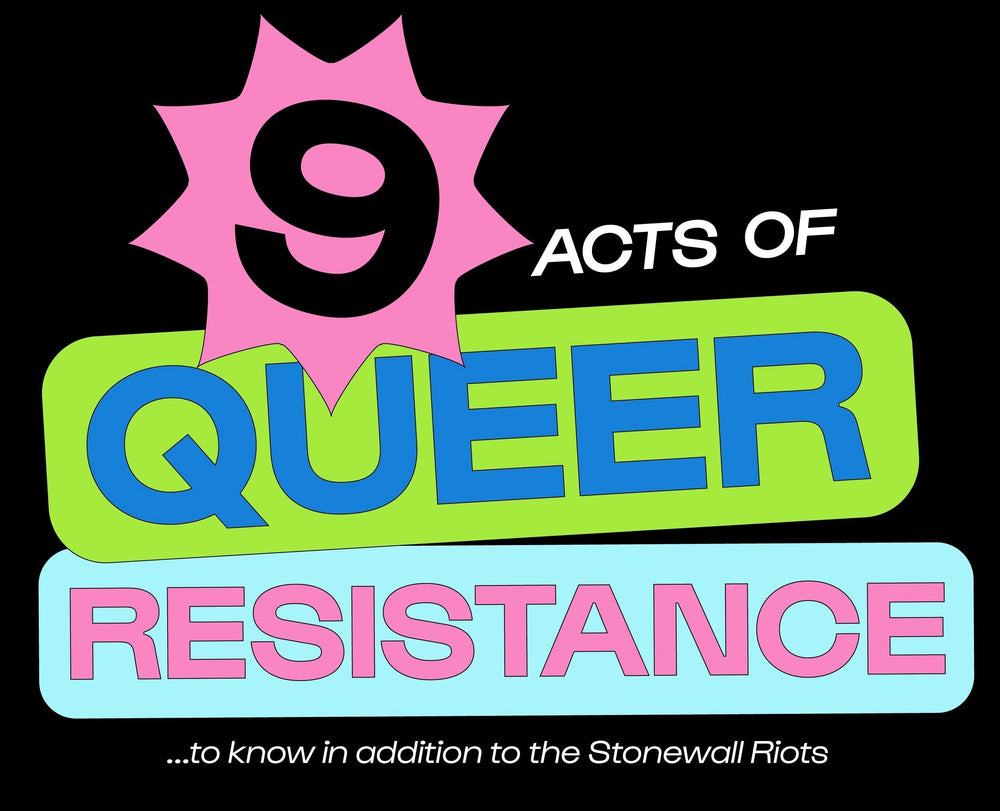
Hey Babes,
As Pride marches take place across the country — and as we mark the 10-year anniversary of marriage equality — it’s a moment of both celebration and resistance. This year, that tension feels especially sharp: the same Supreme Court that gave us the right to marry just ruled that schools don’t have to teach stories that include gay or trans characters or provide gender affirming care to minors.
Pride was never just about parades. It has always been about people — trans women, sex workers, and queer youth — standing up, speaking out, and refusing to be erased.
We put together 9 powerful stories of Pride as Protest — bold, defiant moments in queer history that remind us: the fight for liberation didn’t start with Stonewall and it didn’t end with marriage.
Here's to joy, defiance, and never backing down.
Happy Pride,
Team Unbound

Compton's Cafeteria Riot — August 1966, San Francisco, CA
“In 1966, three years before the world-famous Stonewall riot in New York, a group of trans women in San Francisco stood up to police inside Gene Compton’s Cafeteria, an all-night restaurant in the Tenderloin neighborhood and popular queer gathering spot. A trans woman fed up with the harassment and abuse is said to have thrown a cup of coffee in an officer’s face, sparking a chaotic riot and unprecedented moment of trans resistance to police violence.”
Levin, Sam. “Compton's Cafeteria riot: a historic act of trans resistance, three years before Stonewall.” The Guardian. 21 Jun 2019.

Ball Culture and House Resistance — 1960s to present, NYC and beyond
“Marcel Christian (LaBeija) is credited with staging the first black drag ball in 1962. This splintering of the community led to the formation of “houses.” As legend has it, a Harlem drag queen named Lottie asked Crystal LaBeija to co-promote a ball. Lottie convinced Crystal to do the ball by suggesting she start her own group, the House of LaBeija...The house then became a surrogate family for young queer black and Latino kids, who were often estranged from their biological families, living on the street, turning tricks, or otherwise struggling to get by.”
Brathwaite, Lester Fabian. “Striking a ‘Pose’: A Brief History of Ball Culture.” Rolling Stone. 6 Jun 2018.

Christopher Street Day Protests — 1979 - present, Berlin, Germany
“The annual Pride demonstration is named after the famous Stonewall riots that took place on Christopher Street in New York in 1969. They marched under two slogans – “Mach dein Schwulsein öffentlich!” (make your gayness public) and “Lesben erhebt euch und die Welt erlebt euch” (Lesbians, stand up and let the world see you). 400 people took to the streets and marched from Savignyplatz along Ku’damm in the direction of Halensee, waving rainbow flags. In the following years the number of participants steadily increased.”
Smallwood, Poppy. “Christopher Street Day: A photo-history of Berlin Pride” The Berliner. 17 Jul 2023.

Mattachine Society "Sip-in" — April 21, 1966, NYC, Nationwide
“Using the successful model of the sit-ins of the civil rights movement, Dick Leitsch, leader of the New York chapter of the Mattachine Society, decided to stage a “Sip-In” with two other members...Leithsch’s plan involved revealing to a bartender that he and his colleagues were homosexuals and then being denied service. Once that happened, the Mattachine Society—with the support of the American Civil Liberty Union in New York—could move forward with action against the State Liquor Authority.”
Morgan, Thaddeus. “The Gay ‘Sip-In’ that Drew from the Civil Rights Movement to Fight Discrimination” History.com. 18 Jun 2018.

Nikolay Alekseyev + the Moscow Pride March — 2006, Moscow, Russia
“During the first (unsanctioned) Pride march in Moscow, marchers were met with a heavy police presence, while various conservative and neo-Nazi groups looked on. When the marchers attempted to lay flowers at the Tomb of the Unknown Soldier, a mass brawl broke out and multiple arrests were made...Nikolay Alekseyev, a lawyer and the founder of GayRussia.Ru, an LGBT rights organisation based in Moscow, tried 164 times to obtain permission to hold a Pride event, never once receiving a positive response.”
Kuznetsov, Pavel. “Russian queer activists look back at 20 years of attempting to successfully hold a Pride parade.” Novaya Gazeta Europe. 26 June 2024.

ACT UP Wall Street Demonstrations — August 1980-90s, NYC)
“ACT UP’s first-ever demonstration took place on March 24, 1987, at the busy intersection of Wall Street and Broadway, near Trinity Church...Some 250 protestors, many of whom laid down in the street and/or held signs, called for corporate and government action to end the AIDS crisis, which by that point had been going on for over five years. The group specifically targeted Burroughs Wellcome — the pharmaceutical company that manufactured the high-priced AZT, the only approved AIDS drug at the time — and the FDA.”
“ACT UP Demonstrations on Wall Street” NYC LGBT Historic Sites Project.

White Knight Riots — May 1979, San Francisco, CA
“On May 21, 1979, thousands of members of San Francisco’s predominantly gay Castro District community took to the streets to protest the lenient sentence received by Dan White for the murders of local politician and gay rights activist Harvey Milk and Mayor George Moscone. Harvey Milk became the first openly gay person elected to a public office in the state of California when he was elected to the San Francisco Board of Supervisors in 1977. His murder, as well as that of Mayor Moscone, devastated not just the gay community, but the city as a whole.”
Stezano, Martin. “What Were the White Night Riots?” History.com. 17 Jun 2017.
 Simon Nkoli, GLOW, and the Anti-Apartheid Struggle
Simon Nkoli, GLOW, and the Anti-Apartheid Struggle
“Johannesburg’s first pride march was organized by the Gay and Lesbian Organisation of the Witwatersrand (GLOW), a group founded in 1988 by Simon Nkoli, Beverly Ditsie, Linda Ngcobo and others. With Beverly Ditsie and Nkoli co-chairs, GLOW was unique among South African LGBT groups in that it was multiracial and geared towards the Black community. Simon Nkoli spoke: ‘I am black and I am gay. I cannot separate the two parts of me into secondary or primary struggle. They will be all one struggle.’”
Martin, Yasmina. “Simon Nkoli, GLOW, and the Anti-Apartheid Struggle” African American Intellectual Society. 30 Apr 2024.

Gay Liberation Front Festival of Light Action — September 1971, Westminster, UK
“The GLF was known for ‘zaps’, or direct action events. The most famous protested against Mary Whitehouse’s National Festival of Light. This evangelical Christian movement promoted ‘family values’ and lobbied against homosexuality. At its launch at the Central Hall, Westminster on September 9, 1971, GLF demonstrators undertook a counter-assault called ‘Operation Rupert’. Fifteen GLF groups infiltrated the hall in a coordinated non-violent protest to mock and disrupt the proceedings. Male nuns danced the can-can, and lesbians staged a kiss-in. Others released mice and stink bombs. A girl guide blew bubbles."
“Communities of Resistance.” HistoricEngland.org
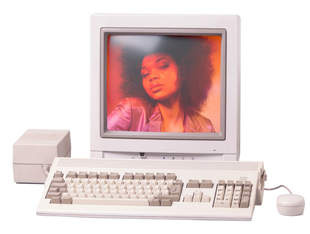
Latest Articles
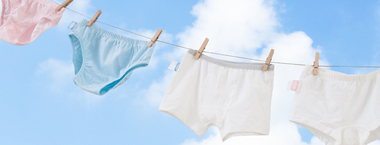
A Hot and Quick Guide to BV, UTIs, and Yeast Infections
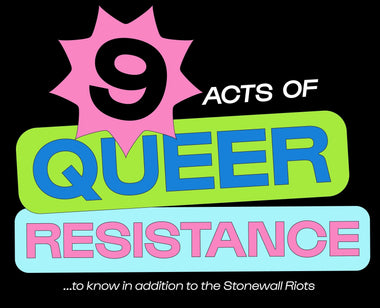
9 Acts of Queer Resistance to Know in Addition to the Stonewall Riots
